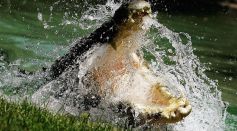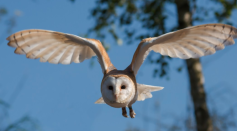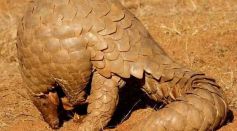Tags: Reptiles
An Ancient Predator Used Its Small Tail to Float Motionless in the Water
200-Million-Year-Old Teeth Suggest First Mammals Lived Like Reptiles

Thousands of Threatened Wildlife Species Are Traded Online

Crocodiles Fight Over a Dead Cow in an Outback Billabong

Tear Study Can Help With Conservation of Species
Rare Rainbow Snake Spotted For the First Time in 50 Years in a Florida Forest

New Study Shows the Extent of Global Illegal Wildlife Trade
250-million-year-old Mysterious Reptile Identified By It's Footprint Fossils From The Pyrenees Mountains
Jurassic 'Sea Monster' Reptile Found Out Ironically Giving Birth Instead Of Laying Eggs
Reptile Preceding Dinosaurs Discovered
Researchers in Scottland Find Remnants of Nessy’s Relatives—Or So It Seems
Most Popular

Avi Loeb Claims 3I/ATLAS May Be Made of Antimatter—'The Most Efficient Fuel'

Earthquakes, Volcanoes, and Plate Tectonics Explained

The Biggest Unanswered Questions in Science (That Still Baffle Researchers)

How the Greenhouse Effect Really Works (And Why It Matters)




